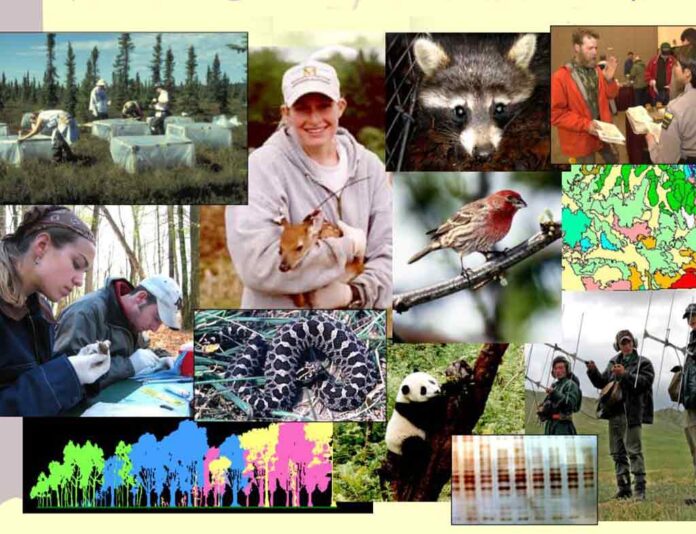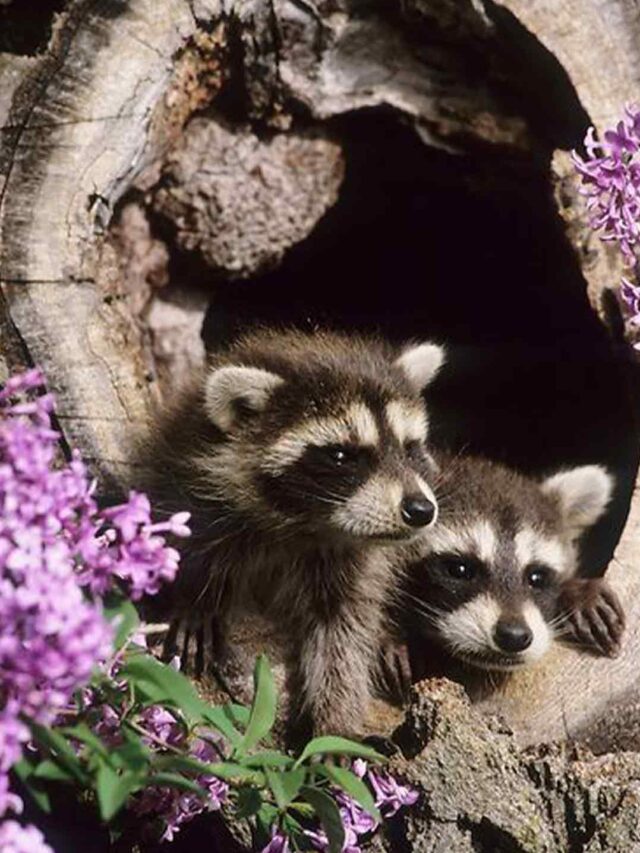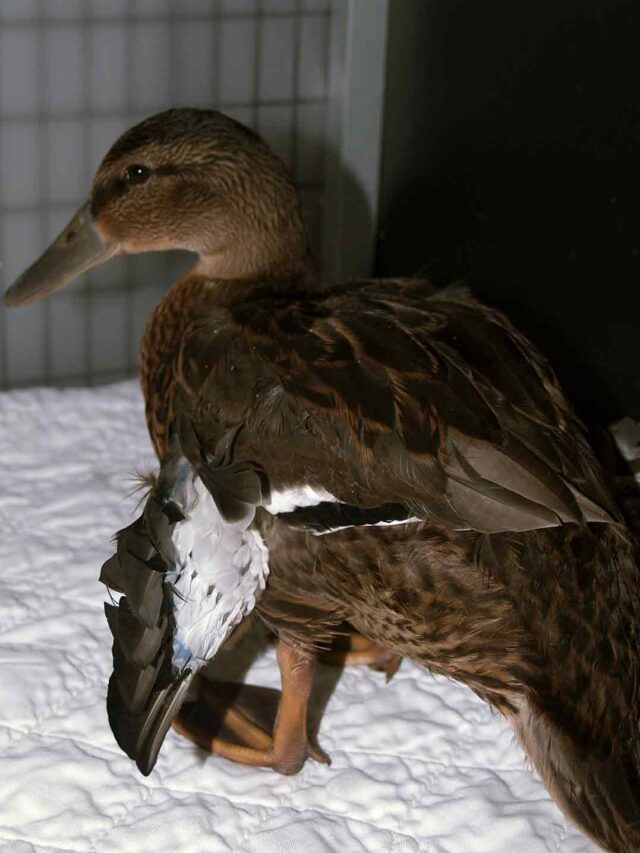
Wildlife ecology in United States encompasses a diverse range of habitats and species, reflecting the country’s vast geographical and ecological diversity. From the towering forests of the Pacific Northwest to the expansive grasslands of the Great Plains, the United States offers a rich tapestry of ecosystems that support a wide array of wildlife. In this article, we delve into the intricate web of interactions between species and their environment, exploring the various factors that shape wildlife populations and their habitats across the nation.
Table of Contents
Biodiversity Hotspots
Coastal Regions
The coastal regions of the United States are renowned for their rich biodiversity, with diverse marine ecosystems supporting an abundance of life. From the rocky shores of New England to the mangrove swamps of Florida, these coastal habitats provide vital breeding grounds and feeding areas for numerous species of birds, fish, and marine mammals.
Forested Areas
The forests of the United States are home to a stunning array of wildlife, from iconic species like the grizzly bear and the bald eagle to elusive creatures like the American marten and the northern spotted owl. These forested areas play a crucial role in maintaining biodiversity and providing habitat for a wide range of plant and animal species.
Grasslands and Prairies
The vast grasslands and prairies of the Great Plains are one of the most iconic landscapes in the United States. These expansive regions are home to a diverse array of wildlife, including large herbivores like bison and pronghorn, as well as countless species of birds, insects, and small mammals.
Conservation Challenges
Habitat Loss and Fragmentation
One of the biggest challenges facing wildlife ecology in the United States is habitat loss and fragmentation. As human development continues to encroach on natural areas, wildlife habitats are increasingly being destroyed or divided into smaller fragments, making it difficult for species to find suitable places to live and reproduce.
Climate Change Wildlife Ecology in United States
Climate change is another major threat to wildlife ecology in United States. Rising temperatures, changing precipitation patterns, and more frequent extreme weather events are altering ecosystems and disrupting the delicate balance of nature. Many species are struggling to adapt to these rapid changes, leading to declines in population numbers and shifts in species distributions.
Invasive Species
Invasive species pose a significant threat to native wildlife in the United States. These non-native plants, animals, and pathogens can outcompete native species for resources, prey upon them, or introduce diseases that they have no immunity to. Controlling invasive species and mitigating their impacts is an ongoing challenge for wildlife managers and conservationists.
Conservation Efforts
Protected Areas
Protected areas play a crucial role in conserving wildlife and their habitats in the United States. National parks, wildlife refuges, and other protected areas provide safe havens where wildlife can thrive without the threat of human disturbance or habitat destruction. These areas also offer opportunities for research, education, and recreation, allowing people to connect with nature and appreciate its beauty.
Habitat Restoration
Habitat restoration projects are essential for reversing the damage caused by habitat loss and fragmentation. By restoring degraded ecosystems and creating corridors between fragmented habitats, conservationists can help wildlife populations recover and thrive. These efforts often involve removing invasive species, planting native vegetation, and reintroducing keystone species that play crucial roles in their ecosystems and wildlife ecology in United States.
Conservation Partnerships
Collaboration is key to successful wildlife conservation in the United States. Government agencies, non-profit organizations, tribal nations, and private landowners all play important roles in protecting and managing wildlife and their habitats. By working together, these partners can leverage their resources and expertise to achieve common conservation goals and ensure a sustainable future for America’s wildlife.
Red Hawk Bird – A Majestic Raptor in the Sky
Wildlife Ecology












